1905 1,121 km² (433 sq mi) Founded 1180 Date dissolved 1918 | Government Principality German Revolution 1918 1905 est. 59,135 Area 1,121 km² | |
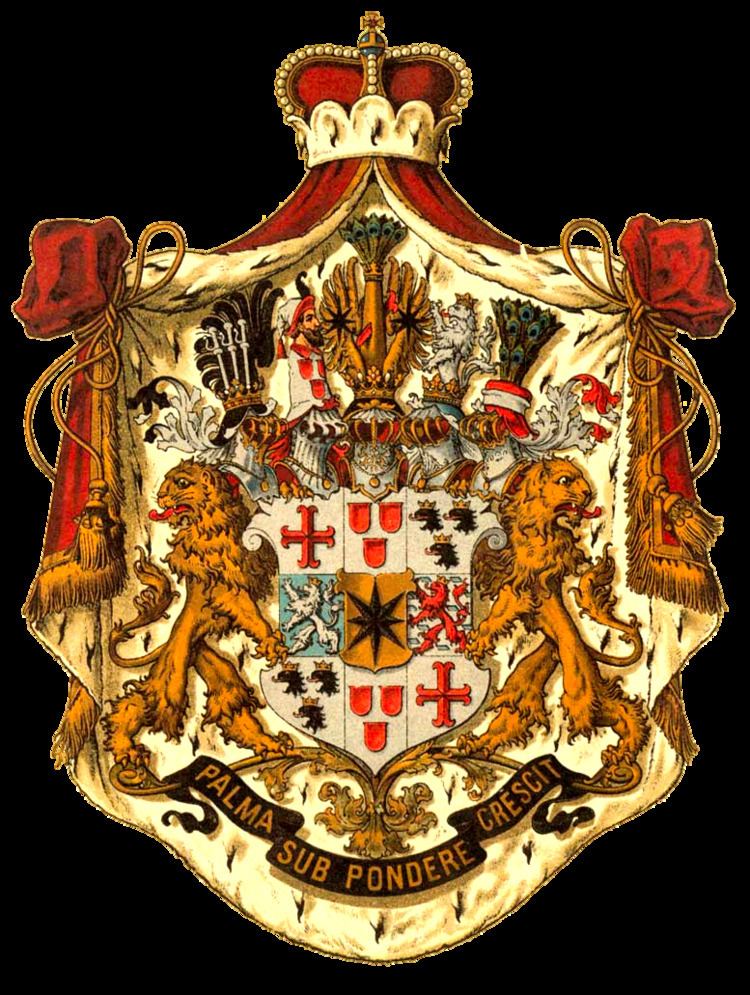 | ||
Capitals Waldeck (?–1655), Bad Arolsen (1655–) | ||
The County of Waldeck (later the Principality of Waldeck and Principality of Waldeck and Pyrmont) was a state of the Holy Roman Empire and its successors from the late 12th century until 1929. In 1349 the county gained Imperial immediacy and in 1712 was raised to the rank of Principality. After the dissolution of the Holy Roman Empire in 1806 it was a constituent state of its successors: the Confederation of the Rhine, the German Confederation, the North German Confederation, the German Empire and, until 1929, the Weimar Republic. It comprised territories in present-day Hesse and Lower Saxony, (Germany).
Contents
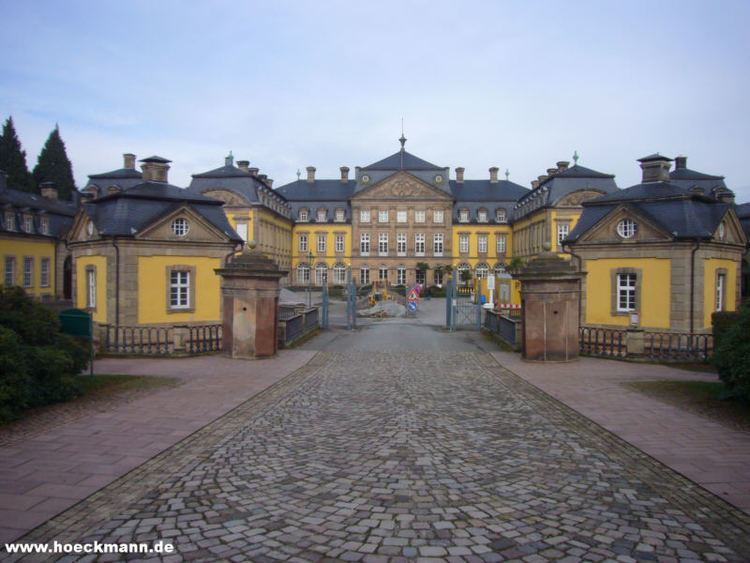
History
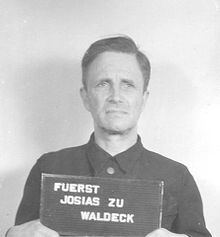
Waldeck was a county within the Holy Roman Empire from about 1200. Its counts included Adolf II of Waldeck from 1270 to 1276. In 1655, its seat and the chief residence of its rulers shifted from the castle and small town of Waldeck, overlooking the Eder river and first mentioned in 1120, to Arolsen. In 1625, the small county of Pyrmont became part of the county through inheritance. In January 1712, the count of Waldeck and Pyrmont was elevated to prince by Charles VI, Holy Roman Emperor. For a brief period, 1805 to 1812, Pyrmont was a separate principality as a result of inheritance and partition after the death of the previous prince, but the two parts were united again in 1812. The independence of the principality was confirmed in 1815 by the Congress of Vienna, and Waldeck and Pyrmont became a member of the German Confederation. From 1868 onward, the principality was administered by Prussia, but retained its legislative sovereignty. Prussian administration served to reduce administrative costs for the small state and was based on a ten-year contract that was repeatedly renewed until Waldeck was formally absorbed into Prussia in 1929. In 1871, the principality became a constituent state of the new German Empire.
In 1905, Waldeck and Pyrmont had an area of 1121 km2 and a population of 59,000.
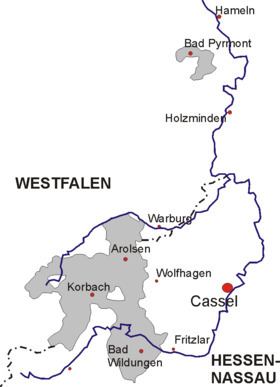
At the end of World War I, and during the German Revolution, resulting in the fall of all the German monarchies, the prince abdicated and Waldeck and Pyrmont became a free state within the Weimar Republic.
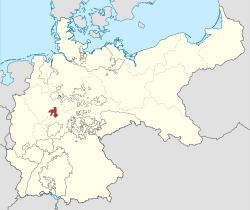
The princely house of Waldeck and Pyrmont is closely related to the royal family of the Netherlands. The last ruling prince, Frederick, was the brother of Queen consort Emma of the Netherlands.
Reigning Princes 1712–1918

